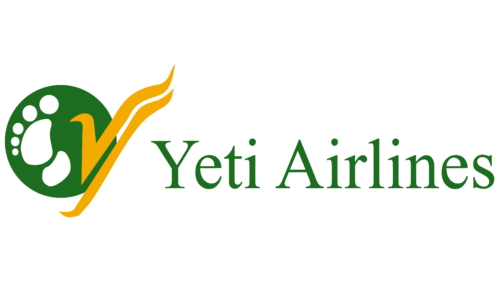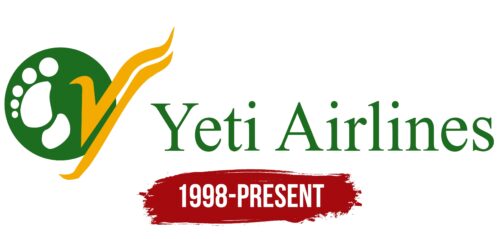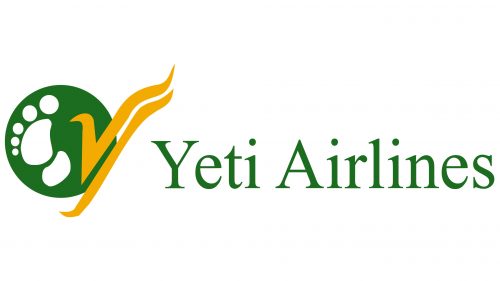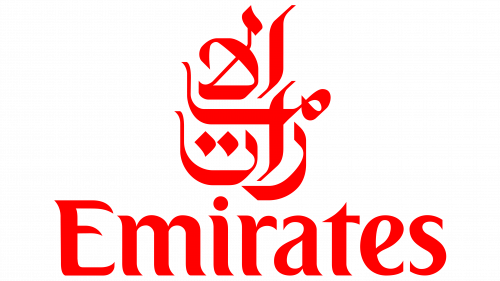The Yeti Airlines logo is unconventional and extravagant. The emblem demonstrates how the company makes an impressive mark in mountain aviation, aiming to take travelers to remote destinations. Thanks to the brand’s efforts, tourists can visit places no one has ever been.
Yeti Airlines: Brand overview
Yeti Airlines, launched in May 1998, was the brainchild of a group of Nepali business leaders led by Ang Tshering Sherpa. They saw an opportunity to improve domestic air travel across Nepal’s challenging terrain.
The airline began operations on September 21, 1998, with a single leased DHC-6 Twin Otter aircraft. Initially focused on connecting remote mountainous regions, the aviation company provided essential air travel for local communities.
The brand quickly expanded, adding new routes and increasing flight frequencies. The company earned recognition for flying to hard-to-reach airports, such as Lukla, the main gateway for Everest-bound climbers.
In 2000, the air operator acquired its first owned aircraft, enhancing its capacity and service quality.
A significant milestone occurred in 2004 when the company established Tara Air, a subsidiary that serviced Nepal’s most remote and challenging areas. Tara Air operated smaller aircraft like the DHC-6 Twin Otter and Dornier Do 228, ensuring connectivity to isolated regions.
By 2006, the brand introduced larger Jetstream 41 aircraft into its fleet, increasing passenger capacity on popular routes and improving overall comfort.
In 2008, the air carrier ventured into international operations by creating Yeti Airlines International, later rebranded as Himalaya Airlines, to handle international flights.
In 2009, the aviation firm became the first Nepali airline to receive the IOSA (IATA Operational Safety Audit) certification, affirming its adherence to global safety standards.
In 2013, the aviation company updated its fleet with the addition of ATR 72-500 aircraft, increasing capacity and efficiency on key routes.
Throughout its journey, the air operator has been committed to social and environmental initiatives, supporting various projects focused on environmental conservation and community development in Nepal.
By 2020, the brand had grown into one of Nepal’s largest domestic airlines, serving numerous destinations nationwide. The aviation firm plays a crucial role in boosting Nepal’s tourism and economy, providing reliable air travel in the country’s challenging geography.
Meaning and History
What is Yeti Airlines?
This Nepalese airline, based in Kathmandu, is known for its specialization in domestic flights in the challenging mountainous conditions of the Himalayas. The company operates a fleet of ATR 72 turboprop aircraft, ideally suited for high-altitude airports with short runways. A unique feature of the company is its Everest Express program, which allows passengers to take a one-hour flight around Mount Everest.
1998 – today
Nepal Airlines features a logo whose main element is the footprint of Yeti, a mythical snowman. The footprint consists of seven geometric shapes: two indeterminate shapes form the main part of the foot, and five round shapes represent the toes. These figures are set within a large green circle, complemented by a yellow flag with a parallel line extending beyond the background. The ends of the lines are pointed. On the right side is the company’s name, presented in a businesslike, strict manner without artistic frills. The inscription appears in bold letters with serifs, using a font that is mostly lowercase, except for the initial letters of each word.
The Yeti footprint’s use as a central element emphasizes the airline’s cultural and geographical roots, drawing attention to Nepal’s mystery and enigma. The footprint’s geometric design merges traditional folklore with modern aesthetics. The green circle and yellow flag symbolize safety and environmental friendliness. The business font used for the company name conveys professionalism and reliability. The pointed ends of the lines imply dynamism, suggesting movement and direction.
The logo’s design incorporates the footprint of Yeti, which holds significant cultural and mythical value in Nepal. The seven geometric shapes create a modern yet traditional footprint, set against a large green circle that symbolizes safety and eco-friendliness. The yellow flag, with its parallel line extending beyond the green background, adds a unique touch to the design.
The company name appears to the right of the footprint, rendered in a bold serif font. This font is mostly lowercase, with the initial letters of each word capitalized, giving a professional and reliable impression. The straightforward, businesslike presentation of the company name enhances the logo’s overall impact, aligning with the airline’s commitment to professionalism and high service standards.





